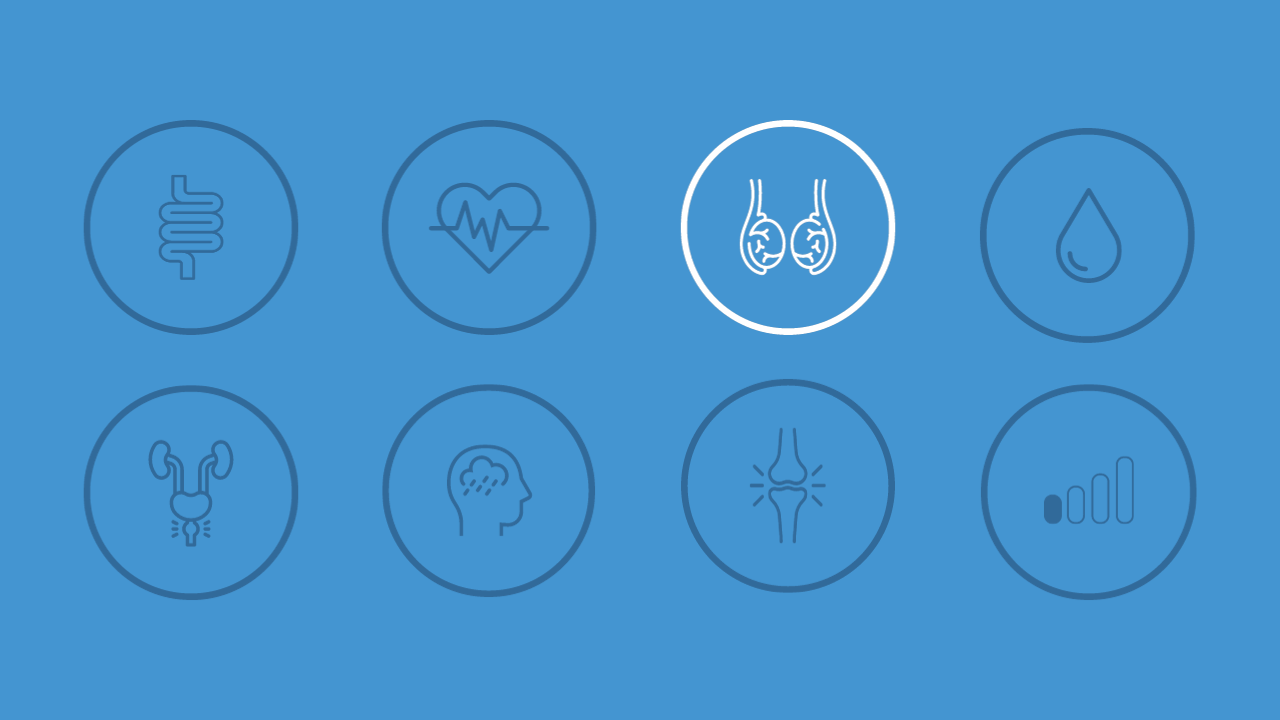Hydrocele
Occurs when an accumulation of fluid forms around a testicle.
Medically reviewed by:

CM, OBC, MD, FRCSC, FACS, FCAHS
What is Hydrocele ?
A hydrocele testis is when an accumulation of fluid forms around a testicle.
Before birth, the testicles drop from the abdomen into the scrotum. After the testicle has dropped, the path it took from the abdomen will close. In some, this channel remains open, and fluid is able to surround the testicle, causing a hydrocele.
In most cases, hydroceles do not cause any symptoms. Treatment may be necessary if you are experiencing pain or extreme swelling.
Risk Factors
Hydroceles are fairly common in newborns. Most hydroceles disappear naturally in a boy’s first year of life. Older males can also develop a hydrocele, typically as a result of injury or inflammation within the scrotum.
Signs & Symptoms
In most men, a hydrocele doesn’t cause any symptoms. When symptoms appear, the most common include:
- Swelling of the scrotum
- A feeling of pressure at the base of the penis
- Mild pain or redness of the scrotum
If you notice any changes in your testicles, monitor them regularly and visit a doctor immediately if there is no improvement.
Diagnosis
A doctor will be able to determine if a hydrocele is present through a physical examination. As part of the exam, your doctor may shine a light behind each testicle to check for solid masses that may be caused by other problems.
Be sure to do regular self-checks and have routine physical exams by a doctor.
Are You At Risk?
Learn your risk level for the most common men’s health conditions in 10 minutes with a free, confidential, and personalized report.
Treatment
In most cases, hydroceles treatment is not necessary. However, hydroceles are treated when men are in constant pain, if the scrotum is extremely swollen, or if there is a risk to the penis or testicles.
Fluid can be removed with a needle, however, this tends to be a temporary fix and the fluid is likely to return. Surgery can be performed to remove the fluid and close up the source of the fluid flow to the testicle by a process called a hydrocelectomy.
Medically reviewed by:

Dr. Larry Goldenberg, CM, OBC, MD, FRCSC, FACS, FCAHS
Dr. Goldenberg is a urologic surgeon and clinical scientist, who specializes in prostate cancer research and treatment.
More about Dr. Larry Goldenberg

